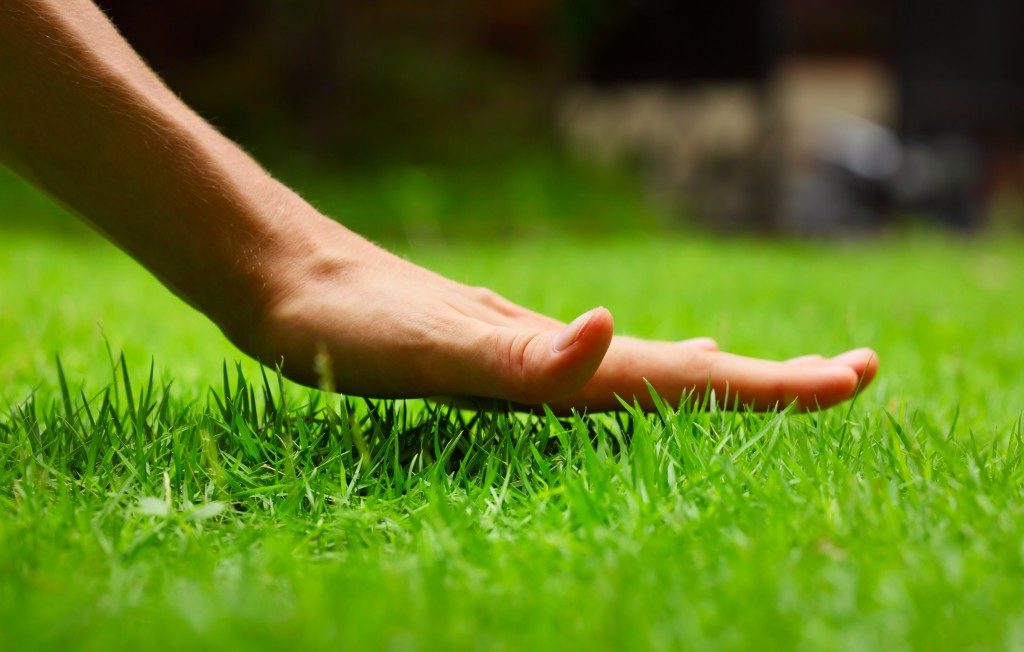The grass is a common sight in many places. Adding aesthetic and ecological appeal to any location, growing grass has become a necessity in order to break up the usual monotone colors of a property or a street. In fact, it may not be too far of a stretch to say that it’s one of the most consistent sources of our greenery and beauty aside from trees.
Of course, growing grass is far from an easy endeavor. While you may find supplies and materials all around you — from sod supply shops in Salt Lake City to cultivars in Montana, planting and growing grass is not just about laying sowing the seeds and letting nature do its work.
Oftentimes, the key to good grass growing starts even before you step on the land itself. You can grow many varieties of grass, each having its own advantages and disadvantages. We’ll discuss them briefly in this article.
Bermuda Grass
No one has ever stepped on a golf course and not come across at least one patch of Bermuda grass. A favorite of lawn owners and other commercial sites in the country, Bermuda grass is one of the most common cultivars you can find on the market. It’s surprisingly resilient to climate when grown properly and can spread quite fast, making it an economical choice for large patches.
Recent developments have managed to produce drought-resistant and slow-growing types of Bermuda grass. These types come in a stunning blue shade that has slow vertical growth and are much more resistant to shading issues than the usual variety. This allows it to be maintained less while still keeping much of its appearance and structure intact.
St. Augustine Grass
This type of grass is better suited to hotter climates, as it has slower lateral spreading and leaf growing speeds than other types or varieties. It’s a popular option for urban households that want to put a little landscaping on their front lawn without spending too much time and effort into setting it up.
There are other varieties of this grass that also have good shading tolerance and varying resistance to pests, making them a good choice when it comes to tropical climates and places where watering the lawn may be a bit difficult.
Fescue Grass

For those who want grass that is more suited to aesthetic appeal, the Fescue grass is one of the best options. Unique among grasses for its bunch-type growth, this type holds its shape well and can tolerate colder temperatures better than most other types of grass. The majority of its active growth naturally occurs during spring and fall, giving it a very attractive appearance compared to the other types or varieties.
However, since it requires a lot of water to maintain, it’s best suited for properties that put a strong emphasis on aesthetic appeal. Fescue grass also can’t tolerate tear like the St. Augustine Grass, which means planting it in places such as sports fields, is not a good idea.
Planting the right type of grass will help you get the effect and results you want in your property. If you need grass or any other gardening supplies, work only with a reputable supplier to ensure the quality of the products.

